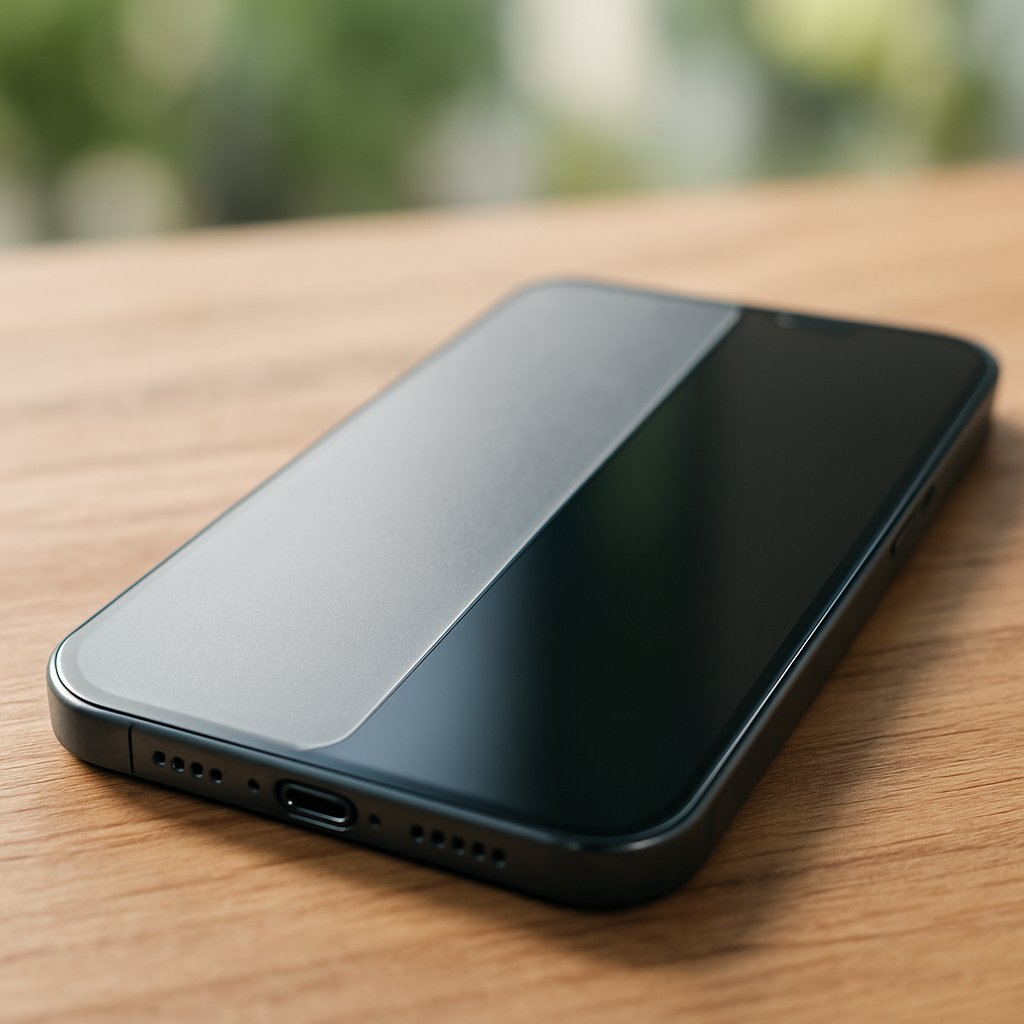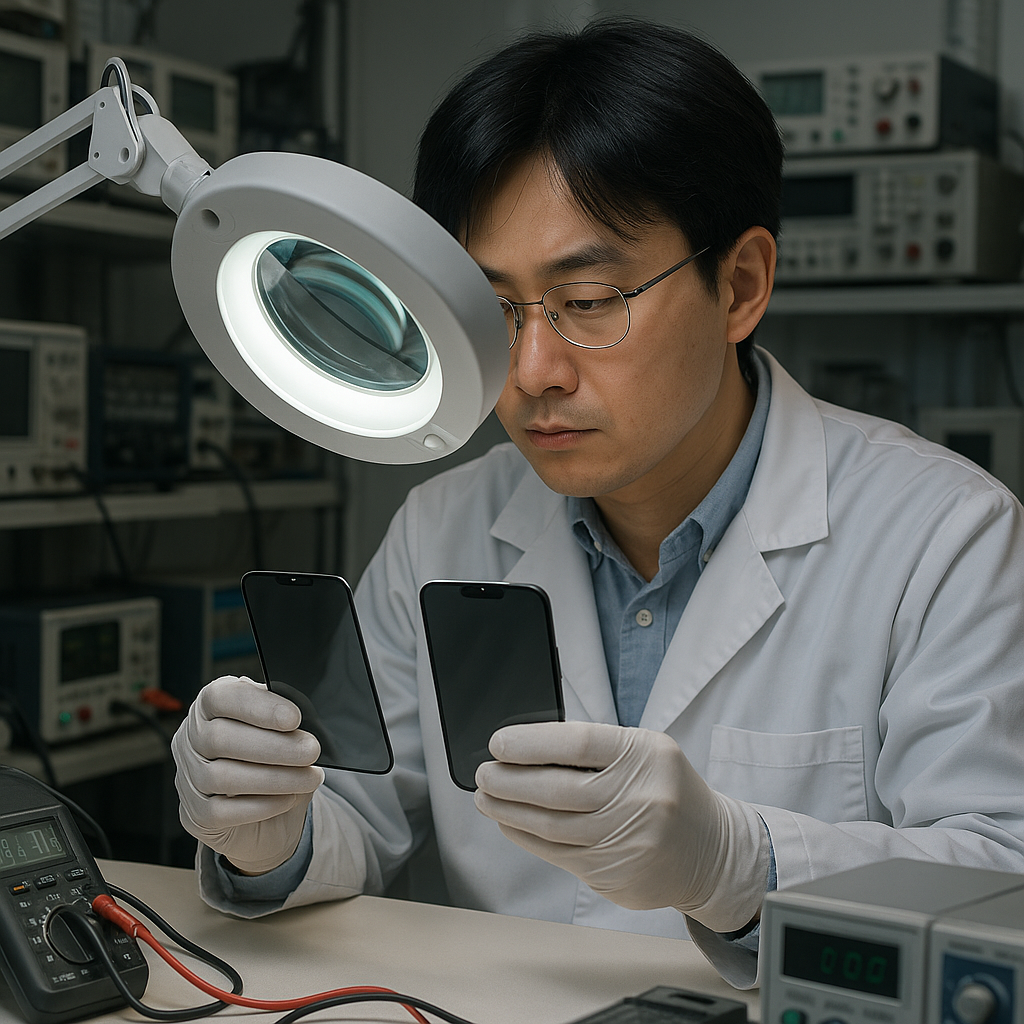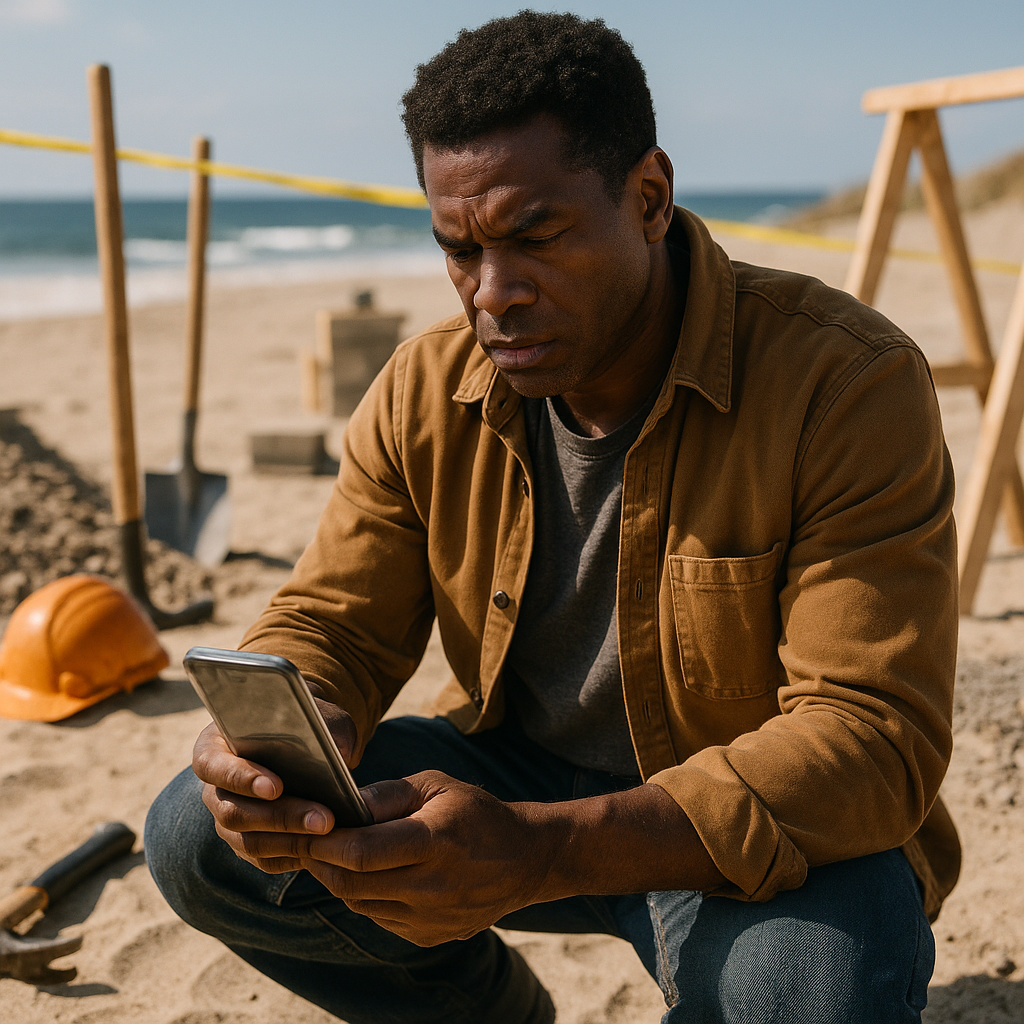Is a Screen Protector Necessary? A Balanced Look
In 2025, smartphone owners face a common dilemma when unboxing their shiny new devices: should they immediately apply a screen protector, or is modern screen technology advanced enough to go without one? Screen protectors—thin layers of glass or plastic designed to shield your device's display from scratches, cracks, and smudges—have long been considered essential accessories.
However, as smartphone manufacturers continue to develop increasingly durable display materials, many users question whether this additional protection remains necessary, as discussed in this guide to screen protectors.
This comprehensive analysis will examine modern smartphone glass technology, weigh the benefits against drawbacks of screen protectors, and help you determine whether your specific situation warrants this additional layer of protection. By the end, you'll have all the information needed to make an informed decision about protecting your valuable device screen.
Understanding modern smartphone display protection
Today's smartphone screens have evolved dramatically from the scratch-prone displays of earlier generations. Leading manufacturers now incorporate advanced materials specifically engineered to withstand the rigors of daily use while maintaining perfect clarity and touch sensitivity.
Corning's Gorilla Glass dominates the Android market, with their latest iterations offering significantly improved drop protection and scratch resistance compared to previous versions. The company claims their newest Gorilla Glass Victus 2 can withstand drops onto concrete from heights up to 2 meters—a substantial improvement over earlier generations. Apple devices feature their proprietary Ceramic Shield technology, developed in partnership with Corning, which they claim offers four times better drop performance than previous iPhone models.
These advancements represent years of research into materials science, with manufacturers continuously working to balance durability with the thinness and responsiveness smartphone users demand.
Modern displays incorporate ion-exchange technology, where smaller sodium ions in the glass are replaced with larger potassium ions, creating a compressed surface layer that resists scratches and impacts more effectively.
How tough are today's screens, really?
While manufacturer claims about screen durability sound impressive, real-world performance tells a more nuanced story. Modern smartphone glass typically rates between 6-7 on the Mohs hardness scale, meaning it can resist scratches from common materials like keys or coins (typically 5-6 on the scale). However, harder substances like sand (which contains quartz, rating 7) or diamond (10) can still cause damage.
Many users report that their devices remain pristine for months without protection, while others experience scratches within days of purchase. This discrepancy often comes down to environment and usage patterns. Someone working outdoors or at a beach regularly faces different risks than an office worker. Device testing by consumer organizations consistently shows that while modern screens have improved significantly, they're not invincible.
The oleophobic (oil-resistant) coating applied to smartphone screens also deserves mention. This thin layer makes touchscreens feel smooth and reduces fingerprints, but it wears down over time through normal use. Once degraded, the screen becomes more prone to smudging and may feel less responsive. For those seeking added protection despite advanced glass, consider a premium screen protector that includes its own oleophobic coating to maintain that factory-fresh feel.
Benefits and drawbacks of using a screen protector
Before deciding whether to apply a screen protector, it's important to consider both sides of the argument.
Let's examine what you gain—and potentially sacrifice—by adding this extra layer to your device.
Benefits of screen protectors
- Additional scratch protection: Even with durable glass, microscopic scratches (micro-abrasions) can develop over time. Screen protectors take this damage instead of your actual screen.
- Impact absorption: Quality tempered glass protectors can absorb and disperse impact forces that might otherwise crack your screen. Many feature multiple layers specifically designed to absorb shock.
- Replaceable damage: When a screen protector gets damaged, you can simply replace it—often for $10-30—rather than paying hundreds for a screen repair.
- Maintained resale value: Devices with pristine screens command higher prices on the secondary market. A protector helps preserve that factory-fresh appearance.
- Special features: Some protectors offer privacy filters, anti-blue light technology, or anti-glare properties not available on standard screens.
- Oil resistance renewal: A new screen protector restores the oleophobic coating that gradually wears off phone screens.
Drawbacks of screen protectors
- Reduced display quality: Even high-quality protectors can slightly diminish clarity, brightness, or color accuracy. Budget options often create noticeable visual interference.
- Touch sensitivity issues: Some protectors, particularly thicker ones, can reduce touch responsiveness or interfere with in-display fingerprint sensors.
- Installation challenges: Applying screen protectors perfectly requires patience and precision. Bubbles, dust, and misalignment are common problems.
- Aesthetics: Protectors may affect the premium look and feel of high-end devices, particularly if they don't extend perfectly to the edges.
- Additional cost: Quality protectors represent an added expense, especially if you replace them multiple times over a phone's lifespan.
- Environmental impact: Most screen protectors create additional electronic waste that's rarely recycled.
Pairing screen protectors with the right phone case type can further enhance device protection, but this combination sometimes creates compatibility issues, particularly with case designs that wrap around the front edges of the phone.
The screen protector market offers two primary materials: tempered glass and plastic (PET or TPU). Glass protectors provide better clarity and a more natural feel but are thicker and more expensive. Plastic protectors are thinner and more flexible but scratch more easily and typically don't offer the same impact protection as their glass counterparts.
Recent technological advancements have also introduced "liquid" screen protectors—nano-coating solutions that claim to strengthen glass at a molecular level. However, independent testing suggests their effectiveness varies widely between brands, and most experts recommend traditional physical protectors for reliable protection.
When does a screen protector make sense? (And when it might not)
Rather than making a universal recommendation, let's examine specific scenarios where screen protectors provide clear value—and others where they might be unnecessary.
Screen protectors make the most sense when:

- You work or play in harsh environments with sand, dirt, or abrasive materials. Construction workers, beach enthusiasts, and outdoor adventurers face higher scratch risks.
- You have children who use your device. Kids are unpredictable and often less careful with electronics.
- You plan to resell your device. Maintaining pristine screen condition can significantly impact resale value, sometimes by $50-100 or more.
- You're prone to dropping your phone. If you have a history of cracked screens, the additional impact absorption could save you costly repairs.
- You keep devices in pockets/bags with keys or coins. Despite manufacturer claims, these common items can cause scratches over time.
- You've invested in a premium, expensive device where repairs would be particularly costly.
- You need special screen features like privacy filters or anti-glare properties.
You might consider skipping a screen protector when:
- You use your phone in controlled, clean environments with minimal exposure to abrasive materials.
- You already use a robust protective case with raised edges around the screen.
- You prioritize optimal display quality and touch sensitivity over scratch protection.
- Your device has particularly curved edges that make finding a well-fitting protector difficult.
- You're comfortable with normal wear and tear and don't plan to resell your device.
- You upgrade phones frequently (annually or more often), limiting the time for damage to accumulate.
Beyond these general guidelines, individual usage patterns matter enormously. Someone who rarely removes their phone from a desk faces different risks than someone who regularly takes their device to the gym, beach, or workshop. Consider your typical day-to-day activities when making your decision.
If you're on the fence, consider that a quality screen protector typically costs between $10-30—a relatively small investment compared to screen replacement services that can range from $100-350 depending on your device model. If you opt out of a screen protector, investing in a quality phone case is still crucial for comprehensive device safety.
Another approach gaining popularity is using a screen protector temporarily during higher-risk periods (like vacations or outdoor activities) and removing it for day-to-day use when the risk of damage is lower. This compromise allows users to enjoy the natural feel of their display most of the time while still having protection when it matters most.
Conclusion
The question "Is a screen protector necessary?" doesn't have a one-size-fits-all answer. Modern smartphone displays have undoubtedly become more durable, with technologies like Gorilla Glass and Ceramic Shield offering impressive resistance to everyday hazards. However, they remain vulnerable to certain conditions and materials.
Your decision should ultimately reflect your personal priorities, usage environment, and risk tolerance. If you value peace of mind and maximum resale value, a high-quality screen protector represents a relatively small investment for potentially significant savings down the road. If display quality and aesthetics are paramount, and you're careful with your device, going protector-free is increasingly viable with today's technology.
Whichever route you choose, remember that screen protection is just one aspect of comprehensive device care. Regular cleaning, careful handling, and appropriate storage will all contribute to maintaining your smartphone's condition and functionality for years to come.
Frequently Asked Questions
Does my phone really need a screen protector if it has Gorilla Glass or Ceramic Shield?
Most modern phones are highly resistant to scratches, but a screen protector adds another layer of protection that can help in harsh environments or for extra peace of mind.
What kind of screen protector is best: tempered glass or plastic?
Tempered glass protectors generally offer better clarity and feel more like your original screen, while plastic protectors are thinner but may scratch more easily.
Can a screen protector affect touch sensitivity or display quality?
High-quality screen protectors have minimal impact, but poorly applied or low-end versions can reduce sensitivity and alter how the screen looks.
Are screen protectors necessary for resale value?
Yes, keeping your screen flawless with a protector can help maintain your device's resale value by preventing scratches and scuffs.
How do I know if my screen is scratched or if it's the protector?
Carefully remove the protector; if the scratch was only on the protector, your screen should look flawless underneath.



























